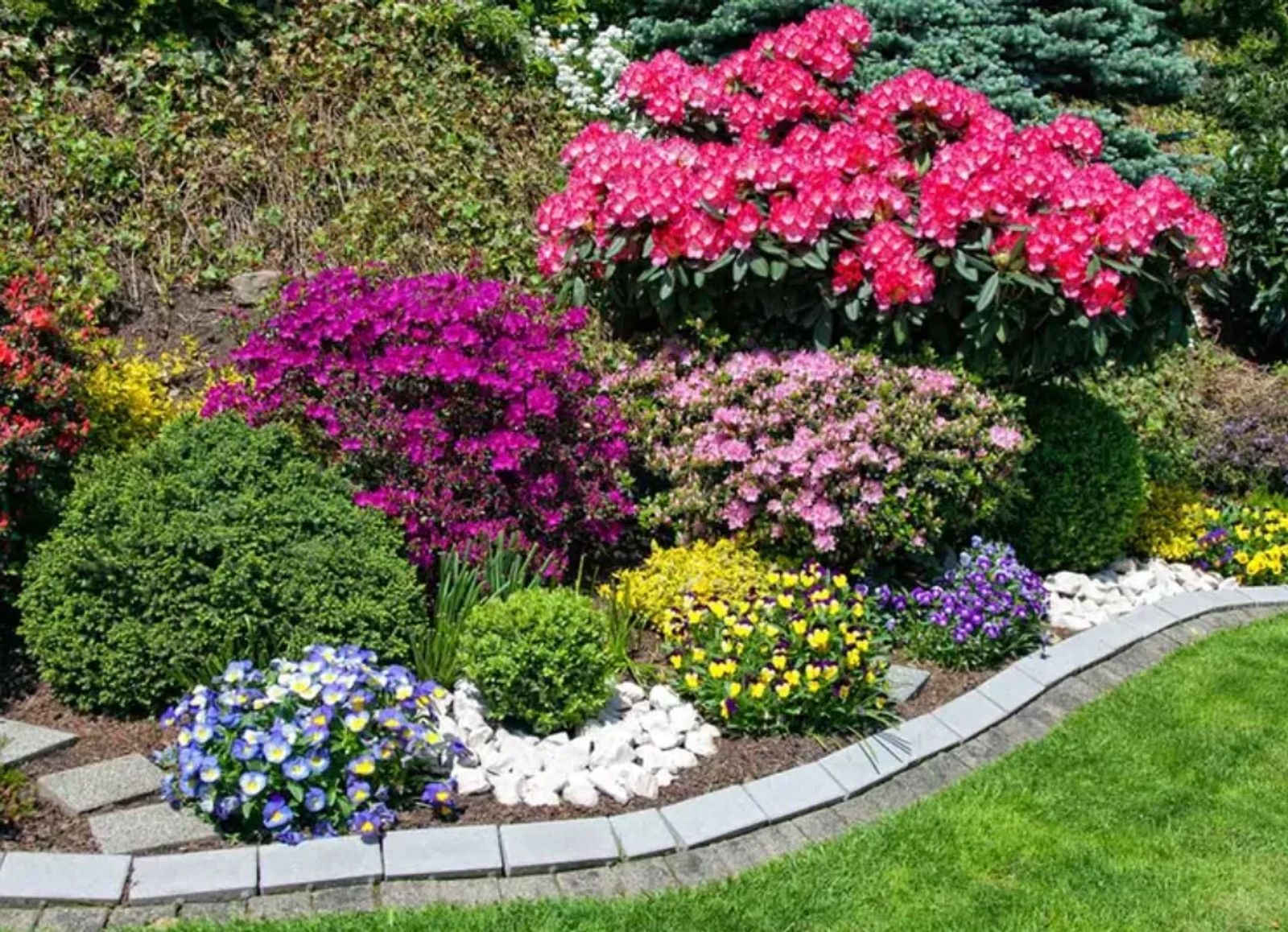
A Guide to an Aesthetically Pleasing Flower Bed
It’s that time of the year to enjoy the sunshine and plant some beautiful flowers! There are unlimited options and ways to go about arranging a flower bed, and a lot of it will differ based on the space you have to work with and your own personal taste. Here are some guidelines to follow when planning and planting to help your flower bed look the most aesthetically pleasing :
1) Choose a color palette for your flower garden and select perennials and annuals that bloom in those hues. Foliage plays an important part in the texture and overall impact of flowering plants.
2) Arrange plants in the garden by height. Combine tall and short flowers, keeping in mind the light requirements of each. Place tall plants so their shadows offer protection for shorter plants that prefer partial sun or shade or keep tall plants along an edge or in the back of the garden where their shadows don’t matter.
3) Trick the eye by planting flowers with light or dark foliage. Combining dark and light foliage creates background texture that enhances the appearance of the flowers.
4) Organize flower beds within a larger garden with ample space for walkways between them, especially for a cutting garden. You’ll also need room to weed, water and deadhead without damaging neighboring plants. Low-growing borders around each flower bed as well as around the entire flower garden help to anchor taller flowers and unify the flower garden and surrounding area.
5) Create a display of fragrant flowers close to a porch, patio or open window so you can enjoy the aroma as you relax.
6) Include container plants to broaden your garden palette. As flowers in containers fade, you can switch the containers and move in blooming plants. Pots filled with colorful flowers can be relocated in the garden to direct focus on different areas of the garden. Create visual interest by using retaining walls, tables, tree stumps or posts as pedestals to display containers of flowering plants at different heights.
